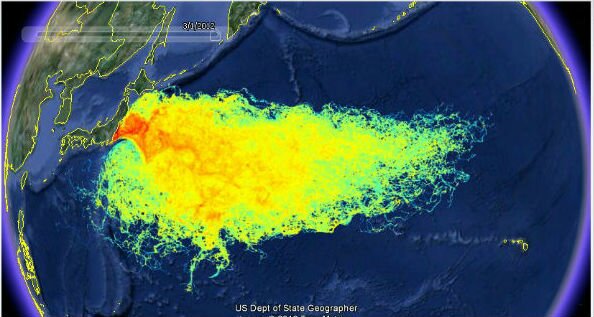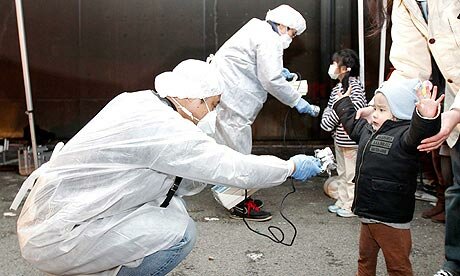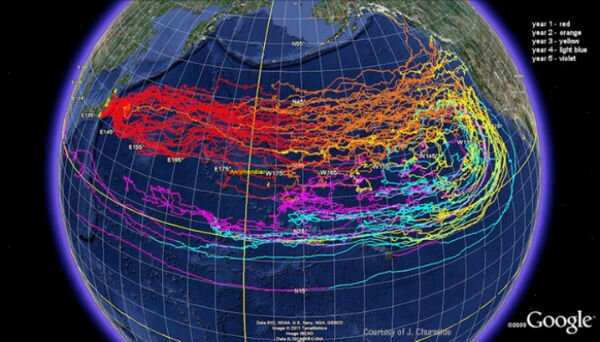

| Online: | |
| Visits: | |
| Stories: |

| Story Views | |
| Now: | |
| Last Hour: | |
| Last 24 Hours: | |
| Total: | |
Fukushima Has Now Contaminated 1/3 Of The Worlds Oceans
Follow TIS on Twitter: @Truth_is_Scary & Like TIS of Facebook- facebook.com/TruthisScary

The International Atomic Energy Agency (IAEA), seeking to promote the peaceful use of Nuclear Power, in 2011 established with the Regional Cooperative Agreement (RCA) Member States, a joint IAEA Technical Cooperation (TC) project in the region of the Pacific Ocean. It was established after the Fukushima disaster when a tsunami caused by a major earthquake on 11 March 2011, disabled the power supply and cooling of three Fukushima Daiichi reactors, causing a nuclear accident. As a result a large quantity of radioactive material was admitted into the Pacific Ocean.

Of no surprise, this caused great concern to countries based around the Pacific Ocean due to the potential economic and environmental implications. The TC project’s aim was therefore, to monitor the presence of radioactive substances in the marine environment.
SCROLL DOWN FOR VIDEO
The first annual review meeting held in August 2012 demonstrated predictive hydrodynamic models and they predicted that the strong current, known as the Kuroshio Current and its extension, had the ability to transport the radioactive substances across the Pacific Ocean in an easterly direction. However, the concentration of radioactivity was not as high as originally thought.

A field study found that two filter cartridges were coated, which showed elements of cesium, a radioactive substance.
The TC is due to conclude this year. A few results have caused concern. A field study they conducted on 2 July 2014, revealed from two sets of seawater samples, found that two filter cartridges were coated, which showed elements of cesium, a radioactive substance.
Then recently, trace amounts of cesium-134 and cesium-137 turned up in samples collected near Vancouver Island in British Columbia. The samples collected were separate from the monitoring project set up by IAEA but it is thought the only possible source of these radioactive elements is Fukushima, according to the Integrated Fukushima Ocean Radionuclide Monitoring(InFORM) Network. This is the first time that traces of cesium-134 had been detected near North America .
While these are trace amounts, the danger of radioactive material in any amount cannot be underestimated. However, the experts say that these levels detected cannot really harm us, they are still lower than those we could be exposed to from a dental x-ray for instance.
Source: http://truthisscary.com/2016/09/fukushima-has-now-contaminated-13-of-the-worlds-oceans/


